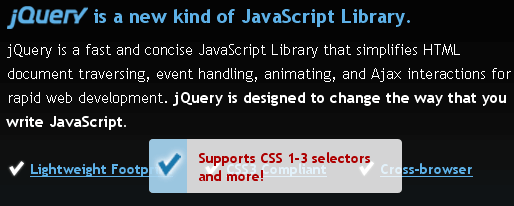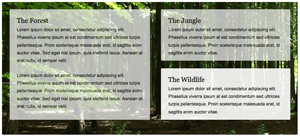JavaScript Redirects and window.open
One of the sweet parts in the simplified HTML5 spec was allowing A elements to wrap DIVs and other block level elements. For too long we added JavaScript listeners and window.location redirects when a wrapping A would have probably sufficed. But there are also times when the wrapping A wouldn't work -- for example, a block with A elements already within it -- you just want clicks on anything else within the parent to land at a given location.
Of course a basic listener like this would work:
someElement.addEventListener('click', function(e) {
// not important what the URL is but assume it's available on
// the element in a `data-src` attribute
window.location = someElement.get('data-url');
});
...but it would succumb to one of my biggest pet peeves: COMMAND+CLICK'ing a block and the link opening in the same window. The closer we can get custom-coded blocks to native browser functionality the better. So take a moment and fix your event listener callbacks:
someElement.addEventListener('click', function(e) {
var url = someElement.get('data-url');
if(e.metaKey || e.ctrlKey || e.button === 1) {
window.open(url);
}
else {
window.location = url;
}
});
I've implemented this on my blog and it's something I keep in mind whenever I use a window.location redirect. It's a minimal code addition but a major usability boost!





Or maybe just put a link there. You can put block elements inside links, and you can make links block elements.
This is an excellent step in the right direction (I hate that too), but is there an equivalent for long-pressing on mobile?
I think so: window.location redirect will give us usability boost. Thanks…
But it will still suck on mobile. Would be nice if we could fix this with html5 context menu, shame for no support in WebKit http://davidwalsh.name/html5-context-menu